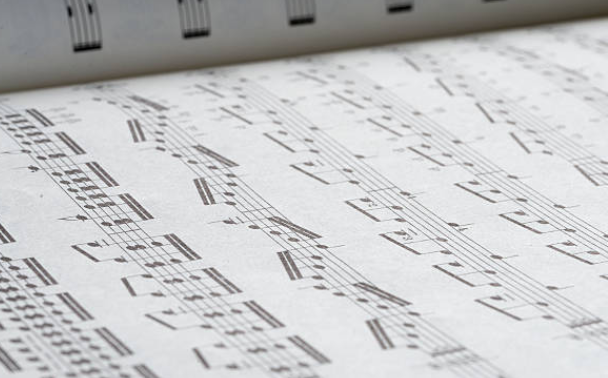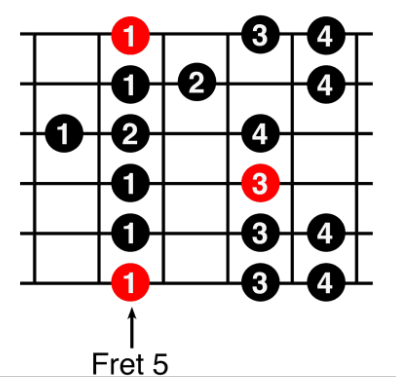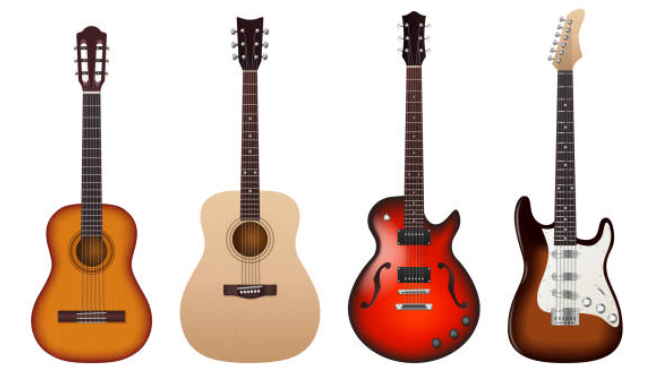Understanding the Natural Minor Scale: A Beginner’s Guide

The natural minor scale is one of the most fundamental scales in music, providing a darker, more emotional feel compared to the bright and happy major scale. If you are a beginner guitarist or musician, learning the natural minor scale is essential for expanding your musical vocabulary and understanding how melodies and harmonies work in various genres.
What Is the Natural Minor Scale?
The natural minor scale is a seven-note scale that follows a specific pattern of whole steps (W) and half steps (H). The formula is:
W – H – W – W – H – W – W
For example, if we take A as the root note, the A Natural Minor Scale consists of the following notes:
A – B – C – D – E – F – G – A
This pattern remains the same no matter which key you start from.
Comparing the Natural Minor and Major Scale
A simple way to understand the natural minor scale is by comparing it to its major counterpart. Every natural minor scale is directly related to a major scale because they share the same notes, just starting from a different point. This is called the relative minor relationship.
For example:
- C Major Scale: C – D – E – F – G – A – B – C
- A Natural Minor Scale: A – B – C – D – E – F – G – A
Both scales contain the same notes, but the minor scale starts on A instead of C, creating a more somber, melancholic sound.
Why Learn the Natural Minor Scale?
The natural minor scale is essential because it is widely used in different styles of music, including:
- Rock and Metal (e.g., Metallica, Iron Maiden)
- Blues and Jazz (e.g., B.B. King, John Coltrane)
- Pop and R&B (e.g., Adele, The Weeknd)
- Classical Music (e.g., Beethoven, Chopin)
Understanding the natural minor scale helps you create expressive solos, write compelling melodies, and improvise with confidence.
How to Play the Natural Minor Scale on Guitar
If you are a guitarist, here is a simple way to play the A Natural Minor Scale in the fifth position:

Practice Tips:
- Use Alternate Picking – Play each note with an upstroke and downstroke for speed and accuracy.
- Play Slowly First – Speed will come with time; focus on accuracy.
- Experiment with Phrasing – Try adding bends, slides, and vibrato to make the scale sound more musical.
Application in Popular Music
Many famous songs use the natural minor scale to create their distinct sound.
Recognizing the use of this scale in songs will help you understand how it contributes to emotional depth and mood in music.
Final Thoughts
Learning the natural minor scale is a crucial step in your musical journey. It provides the foundation for minor-key melodies, chord progressions, and improvisation. By practicing the scale in different keys and experimenting with it in your playing, you will unlock a whole new world of musical expression.
So, grab your guitar and start practicing! Soon, you’ll find yourself naturally incorporating this scale into your solos and compositions.
Interested in taking your guitar skills to the next level? Click the below and book a free lesson with us! We’re committed to helping you express yourself freely on the guitar without endless scales and theory. Happy playing!
Author: Daniel Powers Jr, the founder of Real Brave™, serves as the chief inspiration to thousands of students in the Real Brave music instruction program. He’s also the visionary behind PracticePad™, an online platform for live one-on-one online music lessons, lesson tracking, and scheduling. Beyond his entrepreneurial pursuits, Daniel leads a non-profit organization that provides formerly homeless children with access to music education, making a profound impact on their lives. His unwavering dedication to music, innovation, and education continues to inspire individuals to reach their fullest potential while creating positive change in communities. Follow Real Brave on all the socials:
youtube.com/@realbraveinc
twitter.com/realbraveinc
https://www.tiktok.com/@realbraveinc
instagram.com/realbraveaudio
facebook.com/realbraveinc






